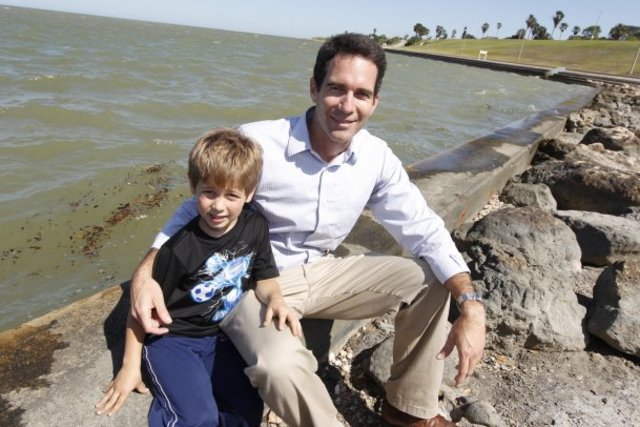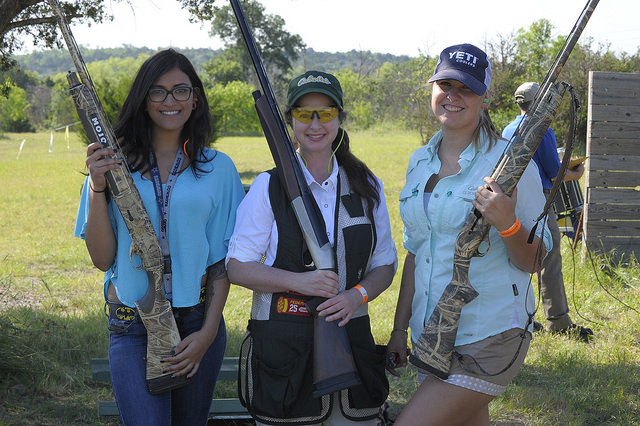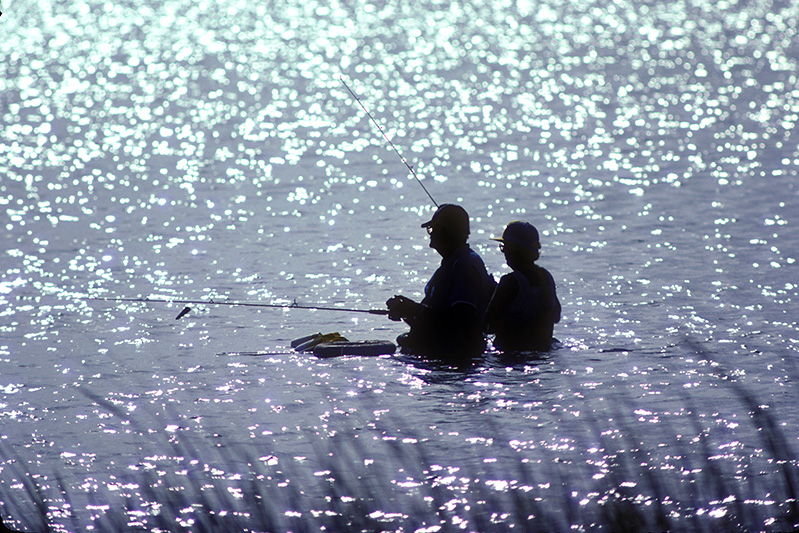Southern Flounder
Friday, January 29th, 2016This is Passport to Texas
Brian Treadway fishes for flounder in Chocolate Bayou in West Galveston Bay.
Chocolate Bayou is an excellent spot for flounder. We have one of the shallowest bays in all the coast. And really and truly, we have the absolute best place to fish in the world right in our own backyard.
Southern flounder accounts for more than 95 percent of the flounder harvest in Texas. Sampling surveys indicate while populations of redfish and spotted sea trout are strong, southern flounder’s in decline.
We’ve had a slow, but steady, decrease in flounder populations throughout the coast of Texas. It’s been worse in some bays than it has in others. But, it’s just been a slow decline.
David Abrego with the Sea Center Texas Fish Hatchery, says data suggests issues affecting southern flounder decline include a lower number of females, overfishing and loss due to shrimp bycatch. Coastal fish hatcheries use brood stock to produce thousands of small flounder that will eventually go back into the bays.
If we’re able to stock fish into areas that are needed. Then, that is just another additional tool that can help the population recover.
Find bag limits and other regulations for fishing for flounder and other species on the Texas parks and Wildlife website.
The Sport Fish Restoration Program supports our series through your purchases of fishing equipment, and motorboat fuels.
For Texas Parks and Wildlife, I’m Cecilia Nasti.







 Passport to Texas is a
Passport to Texas is a  Passport to Texas is made available by:
Passport to Texas is made available by: